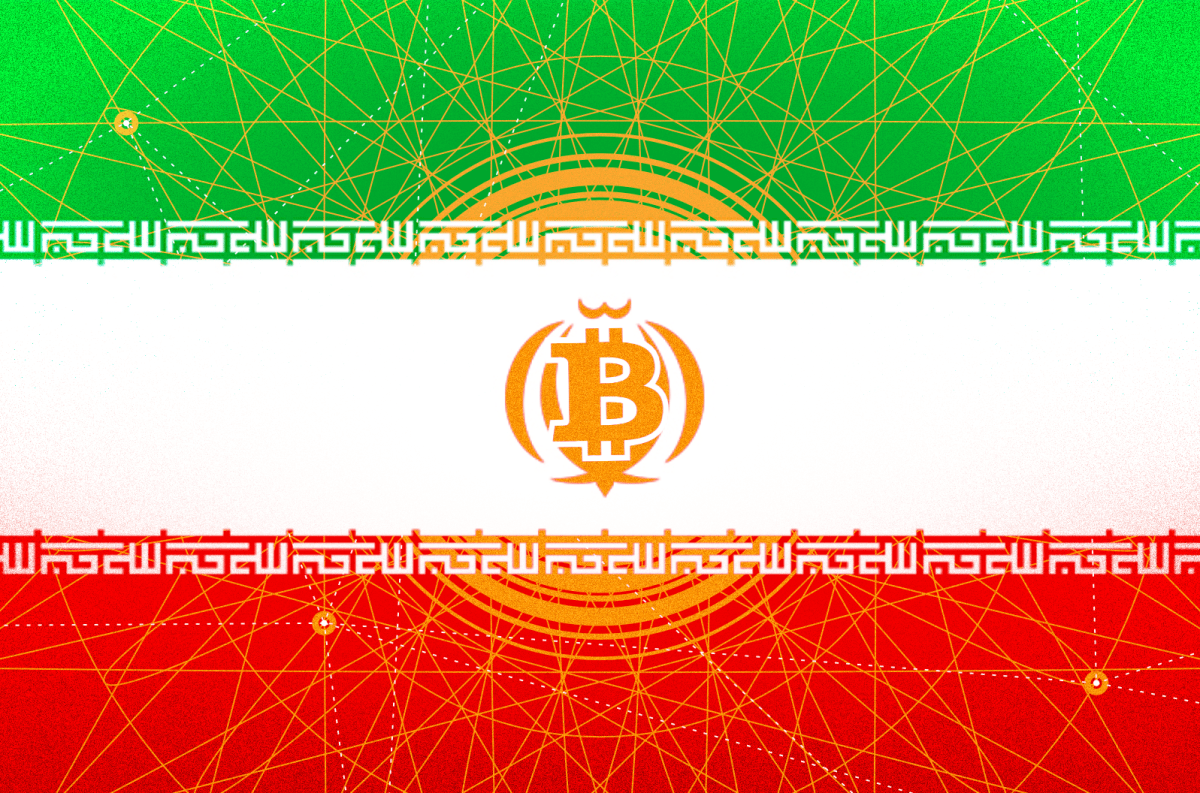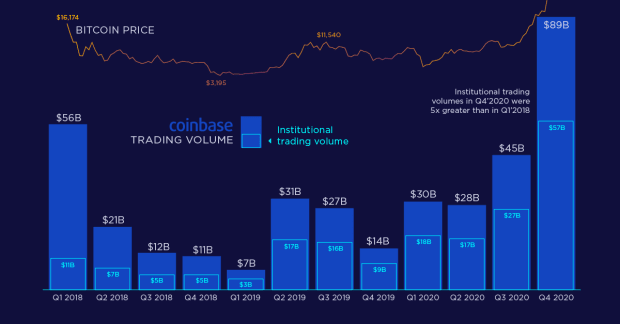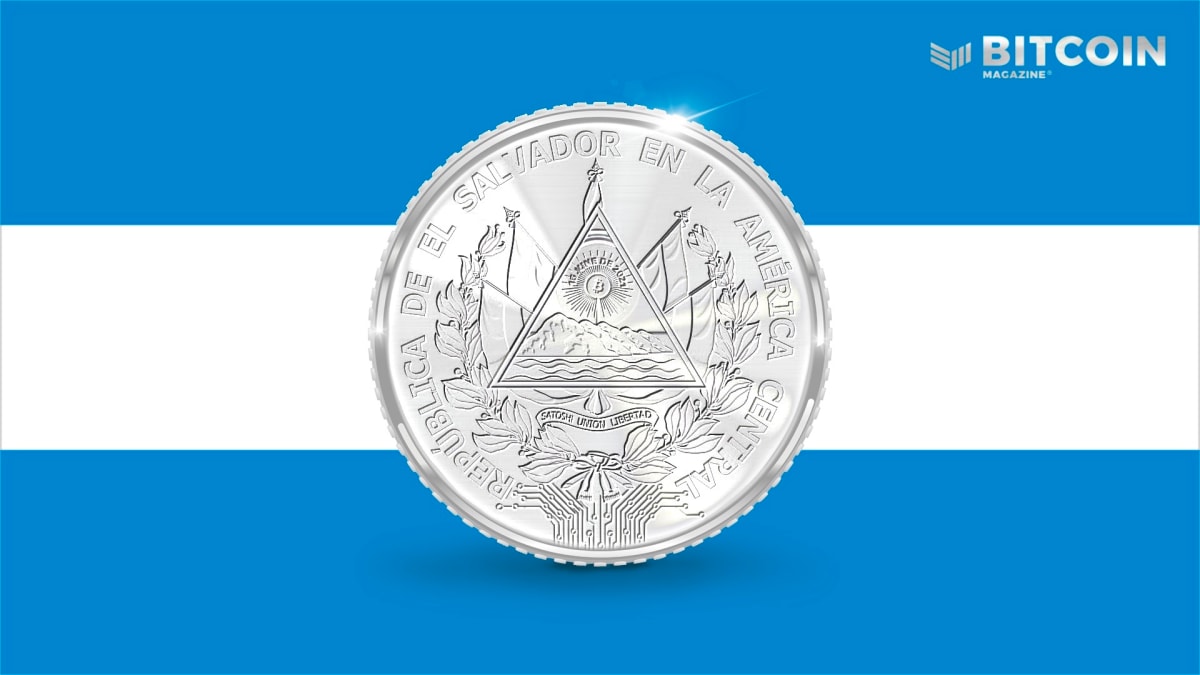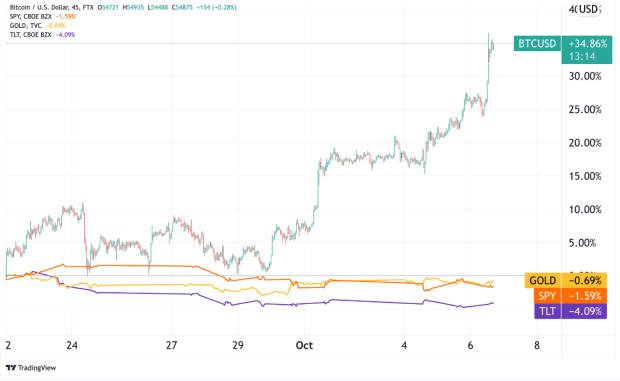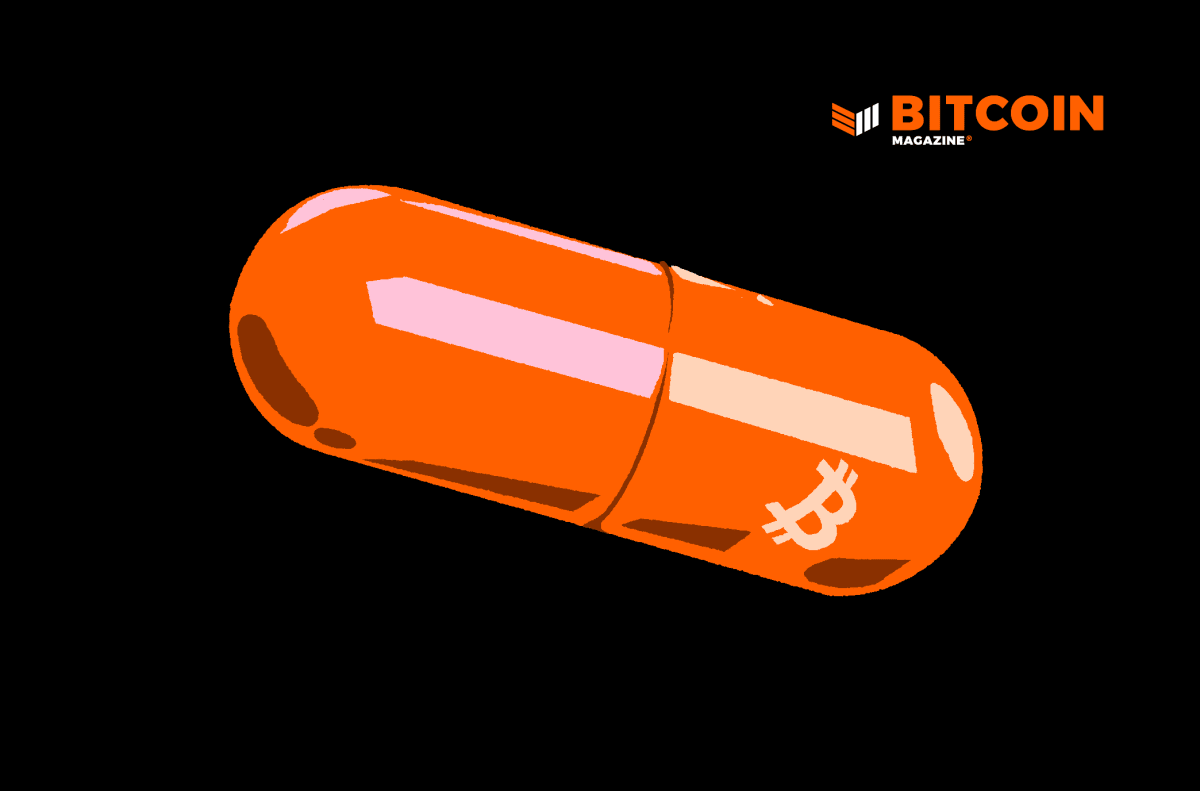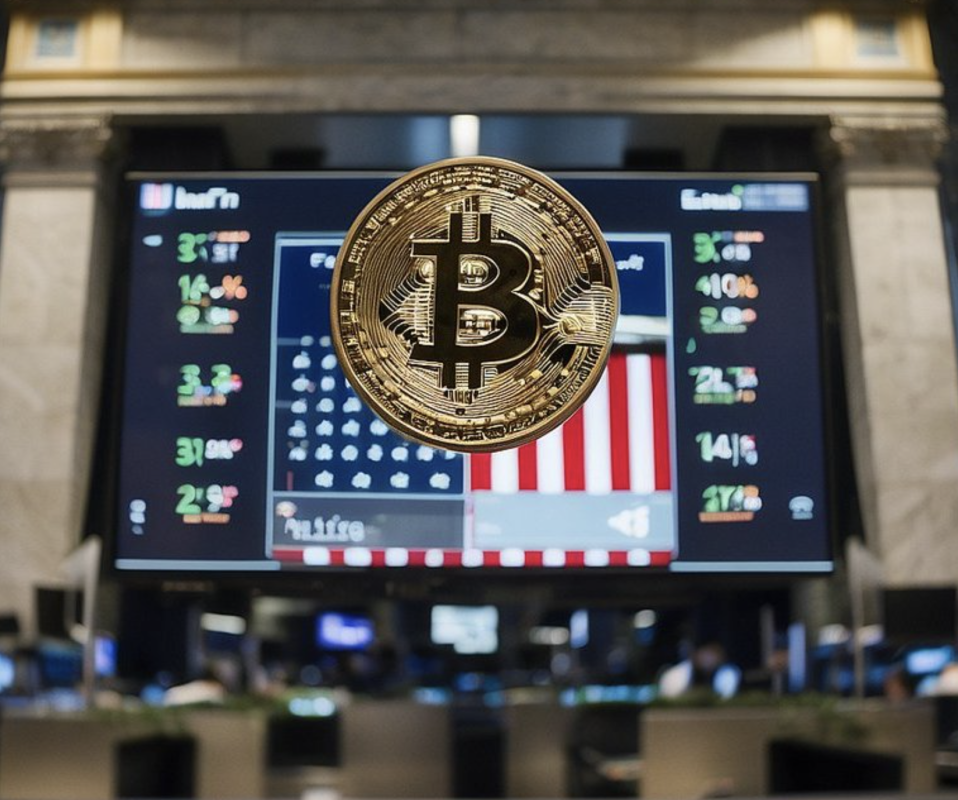Reviewing Central Bank Policy In 2020 With Fed Watch

Listen To This Episode:
- Apple
- Spotify
- Libsyn
- Overcast
“Fed Watch” ended the year with a whirlwind review of central bank monetary policy in 2020. There are lots of pundits who talk about the results of central bank action, but never review what the central banks are actually doing. This episode of “Fed Watch” started from the data and headed toward understanding where macro is going, and finally how bitcoin fits in.
In this episode, Christian Keroles and I walked through my latest article outlining in detailing all of the policy changes that came from the Federal Reserve, the European Central Bank (ECB) and the Bank of Japan (BOJ) in 2020. Central banks did more intervention this year than they ever have before, both in depth and breadth. However, the flavor of intervention was mostly the same, just bigger.
A new financial crisis was destined to happen in 2020, even before the devastating government reaction to the virus. The global economy had been slowing since 2018, and signs of a mounting crisis were evident since the repo market troubles in September 2019. The Fed entered 2020 providing a repo facility for emergency lending and cutting interest rates, while the ECB and BOJ were both actively engaged in quantitative easing (QE).
The heart of the crisis began the week of March 15, 2020 with the Fed announcing its QE package. Within four days, trillions of dollars’ worth of central bank liquidity was unleashed in a shock and awe strategy from the three largest banks we discussed. The central banks’ playbooks were essentially the same as during the Great Financial Crisis (GFC) in 2008: they doubled down on appearing “credibly irresponsible.” Their goal is to snap the market out of its contraction into an expansionary/inflationary mindset. Their tool to achieve that is to threaten the market with high inflation.
QE includes the practice of central banks buying securities from large institutions in an attempt to bolster their balance sheets and get them lending again. It was used by all three major central banks once again. The innovative central bank is the BOJ. If you want to know what central banks will do next and what the results will be, simply look to the BOJ, it’s 10 years ahead of the ECB and Fed. For example, this year the Fed expanded policy into buying corporate paper and debt just like the BOJ several years ago with QQE.
The one unique weapon the Fed does have is currency swap lines, and those were used this year as well. Everyone needs the dollar for international business and even more so in times of crisis. The Fed provided $400 billion in currency swap loans to foreign central banks this time around. Of course, loans need to be repaid in principle and interest, so a slight dollar shortage is built into every loan, sowing the seed for the next crisis.
The episode ended with our hosts’ takeaways from the data and thoughts on the future direction of the international monetary order.
The post Reviewing Central Bank Policy In 2020 With Fed Watch appeared first on Bitcoin Magazine.

